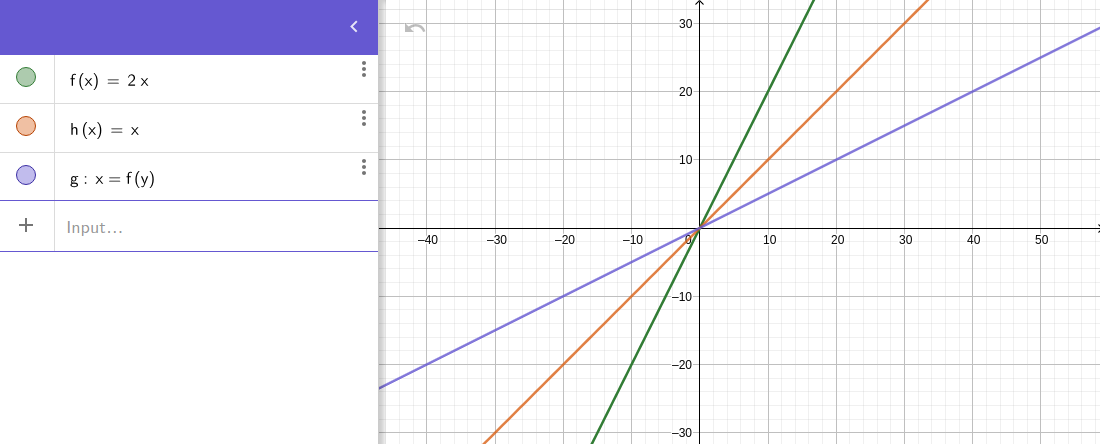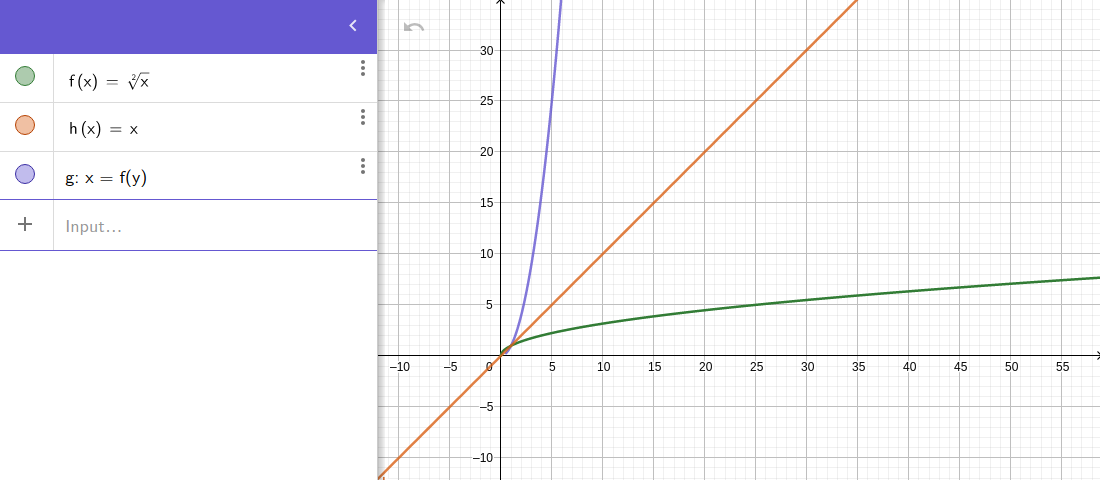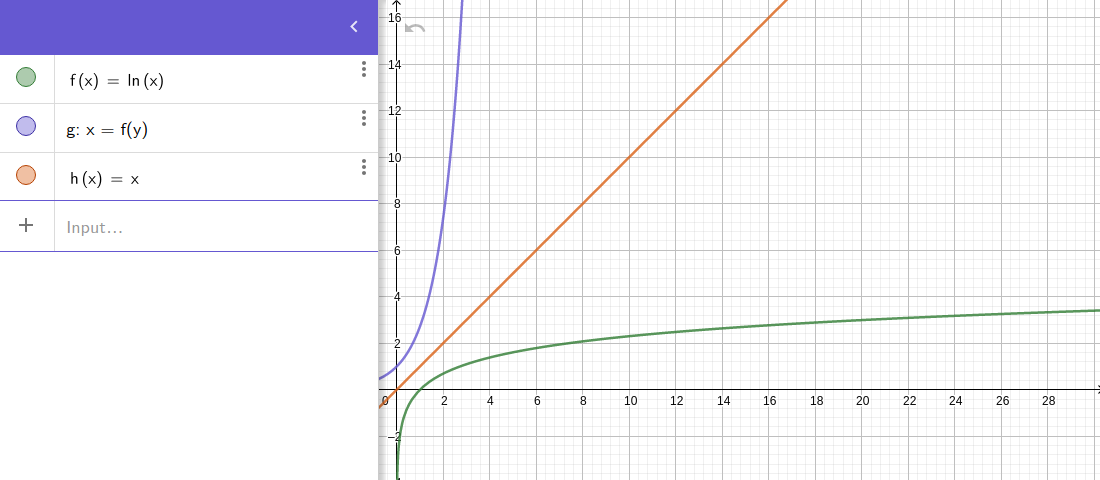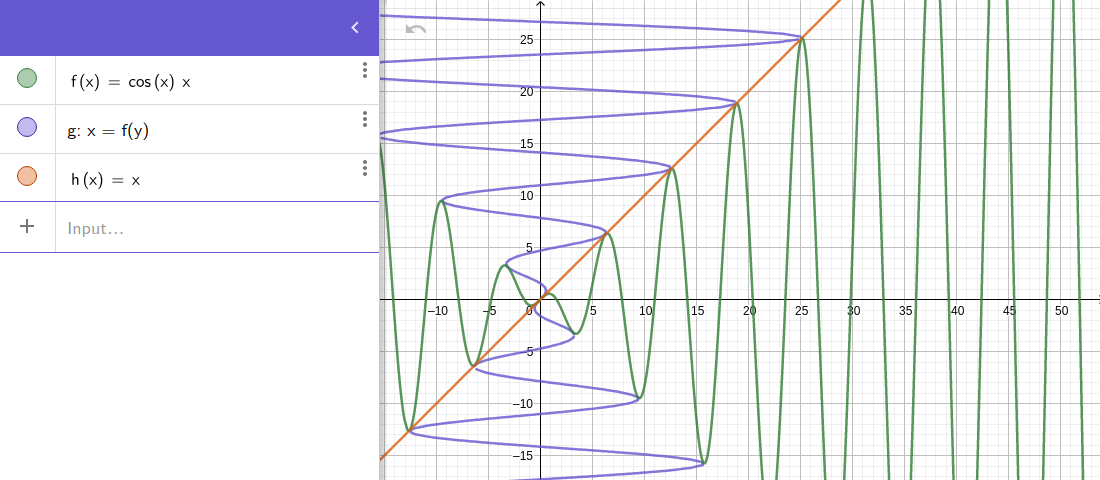Quick Access
Introduction
Commonly written f-1(x), they are instrumental in solving equations; therefore, a new tool to express several concepts. They allow mathematical operations to be reversed (e.g. minus inverses sum, multiplication reverses division, logarithms inverses exponential, etc.). Whenever a mathematical procedure is introduced, one of the most important questions is how to invert it.
Two functions are inverses of one another if they "undo each other" in the following sense: if the output of one is used as input to the other, it results in the first input.
We all naturally know tons of essential functions and their inverse, here is some you may have been across:
The graph of f-1(x) can be obtained from the graph of f by switching the positions of the x and y axes : this is equivalent to reflecting the graph across the line y = x.
The cool thing about the inverse is that we can get back to the original value only with the result. When the function f(door) turns for instance an open door into a close one, then the inverse function f-1(door) turns it back to open. Those equations express the same idea:
$$f(x) = y \iff f^{-1}(y) = x$$ $$f^{-1}( f(x) ) = x \quad and \quad f( f^{-1}(x) ) = x$$

 Play online
Play online




